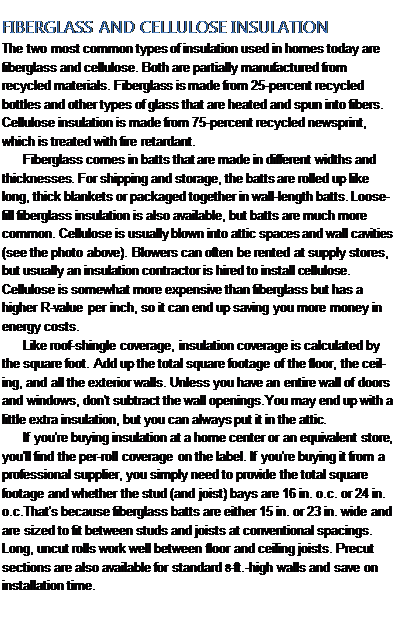CHOOSING CAULKS AND SEALANTS
If you walk down the caulk and sealant aisle at any well-stocked hardware store or home center, it’s easy to feel overwhelmed by the variety of products available. For quite a few years now, the terms “caulk" and “sealant" have been used interchangeably. In technical terms, sealants are supposed to be more flexible than caulks, meaning that they are able to expand and contract with the movement of materials. But even caulk and sealant manufacturers have different definitions for these materials. For this reason, it’s smart to ask local builders and knowledgeable building-material suppliers which caulks and sealants are recommended for various jobs.
Although manufacturers haven’t cleared up the distinction between caulks and sealants, they have improved their labeling with regard to specific applications. For example, “painter’s caulk" is an inexpensive latex-type caulk that is primarily used to fill gaps in and around interior trim prior to painting. Caulk that is labeled “for kitchen and bathroom use" is waterproof and will adhere to tile, porcelain sinks, acrylic shower units, and other surfaces found in those rooms. Silicone and urethane sealants are usually more expensive than acrylic or latex-acrylic caulks and are primarily used in exterior applications where extra durability, flexibility, and weather resistance are important. But be aware that acrylic paint does not adhere to some silicone caulks. Check with your supplier to see if your paint and caulk are compatible.


Caulks and sealants can be useful on small openings
For filling small gaps (up to lA in. or so), caulks and sealants sometimes work as well as, or better than, foam. A good sealant has sufficient flexibility to maintain a seal even though the joint expands and contracts slightly. For advice on selecting caulks and sealants, see the sidebar on p. 199.
If you plan to use caulk or sealant to fill a gap wider than /4 in., it’s a good idea to insert a backer rod into the joint before you apply the sealant. Available where caulks and sealants are sold, backer rod is made from dense, compressible foam. When wedged into a joint, it helps seal the area and lets you apply a thinner bead of caulk or sealant.






Leave a reply